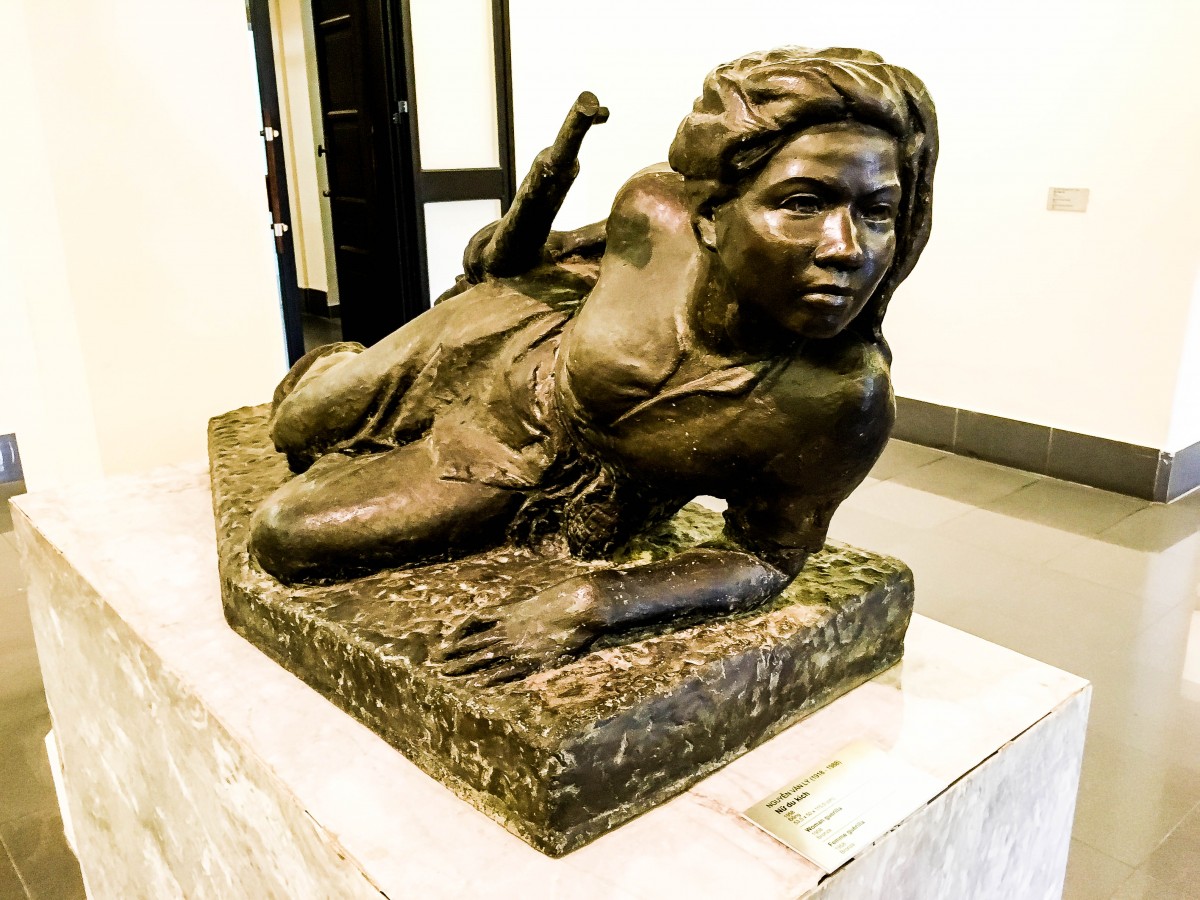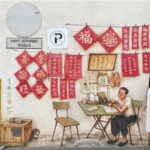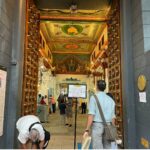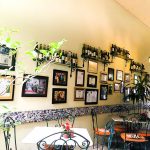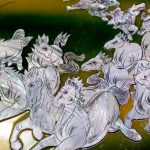Vietnam National Museum of Fine Arts in Hanoi is one of the most unique museums that BFOWB has been to in that it was a little unapologetic with its in-your-face patriotism and interpretation of the country’s history. It was said that history is written by the victors, and this, to some level, resonated with the items on display.
The structure housing the museum underwent several incarnations before its current state. It used to be a boarding house for Catholic school girls and was the former site of the French Ministry of Information. Like most places intended for government purposes, the museum’s facade is traditional-looking and was modeled after French villas.
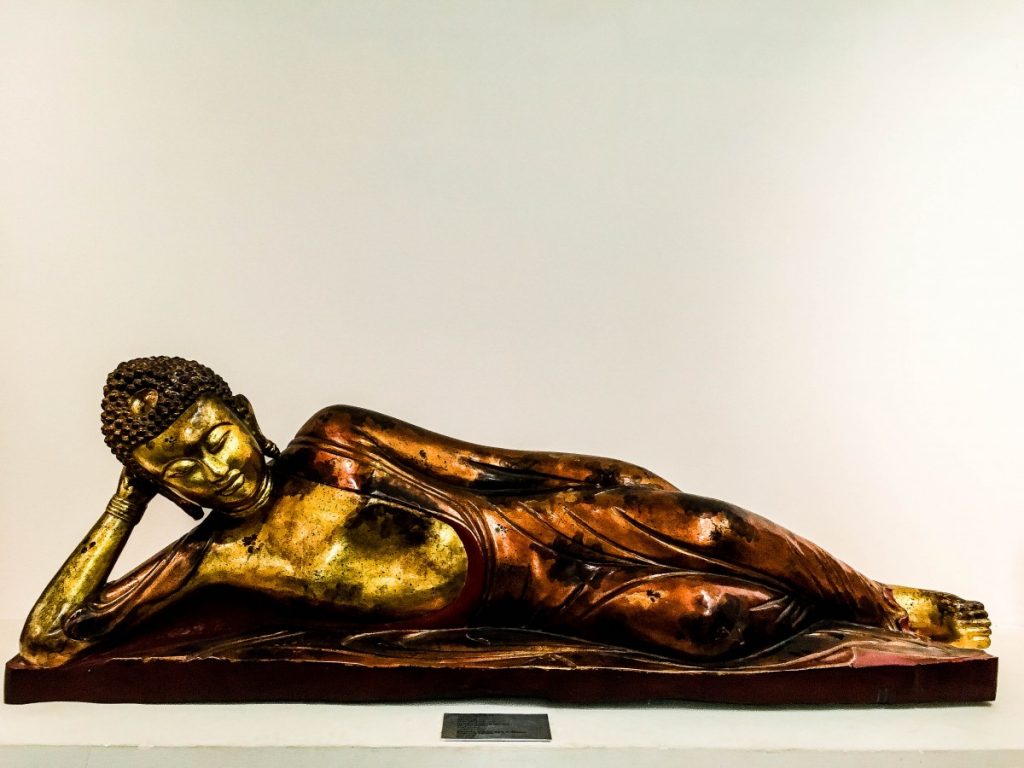
The lower floors of the museum are dedicated to its primordial history, specifically early tools and objects from the Neolithic period. Archaeological finds vary, from lion sculptures that once guarded the gates of ancient dynasties to the famous Champa reliefs. Popular works of art include gouache, as well as Tay Son dynasty era sculptures of Buddhist monks. The upper floors showcase a mix of contemporary and traditional paintings depicting folk narratives of struggle and resistance.
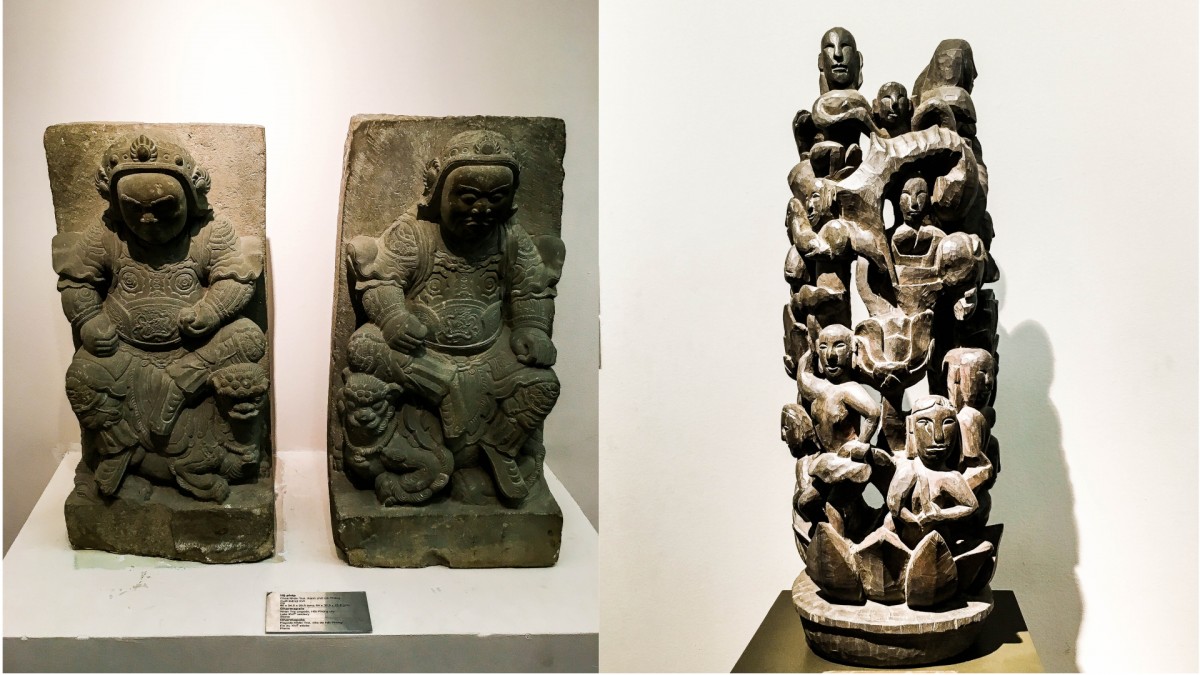
Hints of European Influences
A few paintings reflect European techniques through shading, depth and color motifs. One gouache painting depicts a man in customary garb, sitting in a lotus position. The man in question was Prime Minister Nguyen Quy Kinh (1693-1766), the crown prince’s teacher. Another painting, this time a lacquered wood painting from the 18th century, features a likeness of King Ly Nam De and the Queen. Also known as “sơn mài,” lacquer art experienced a revival during the 1930s, thanks to art students at the time. The art form traces its roots to ancient times.
The rest of the paintings, meanwhile, emphasize on how natives had united to vanquish the French in the Indochina War, and then the Americans. Hanoi was devastated during the war, giving the capital reason to efface traces of their colonizers in short-term memory. It only makes sense: Buildings aren’t easy to take down, not to mention, are incredibly costly; but curating a Vietnam-centered museum collection with a renewed focus on its history is more practical.
https://www.instagram.com/p/BlpZ8cYgjDJ/?taken-by=bfowbtravel
Women in Society
Women are given a special place in the halls of the museum. There’s a good balance between the depiction of both sexes, with women given the chance to shine as matriarchs and fighters.
Some paintings portray them in their motherly and nurturing roles, feeding the insurgents or dressing their wounds. Others portray them as aggressive, fearless fighters, taking up arms themselves. A striking example is a female guerilla, with one arm folded beneath her body to support herself as she crawled stealthily on her belly (the other arm is holding a gun): a lioness in rags, ready to pounce.
https://www.instagram.com/p/Blq6bZ7A9rx/?taken-by=bfowbtravel
There are also pensive pieces celebrating the female form. One painting depicts a woman in the prime of her youth, while an elderly one, lurking in the shadows, looks on behind her.
The same floor housing the guerrilla painting also feature paintings and sculptures of Uncle Ho, or Ho Chi Minh to the rest of the world. A museum may be no place for the likeness of rulers, but exceptions could be made for a revered man who was pivotal in shaping the country for decades. Uncle Ho may be dead, and so are the rest of those who have inspired the artworks on display, but their memory surely lives on.
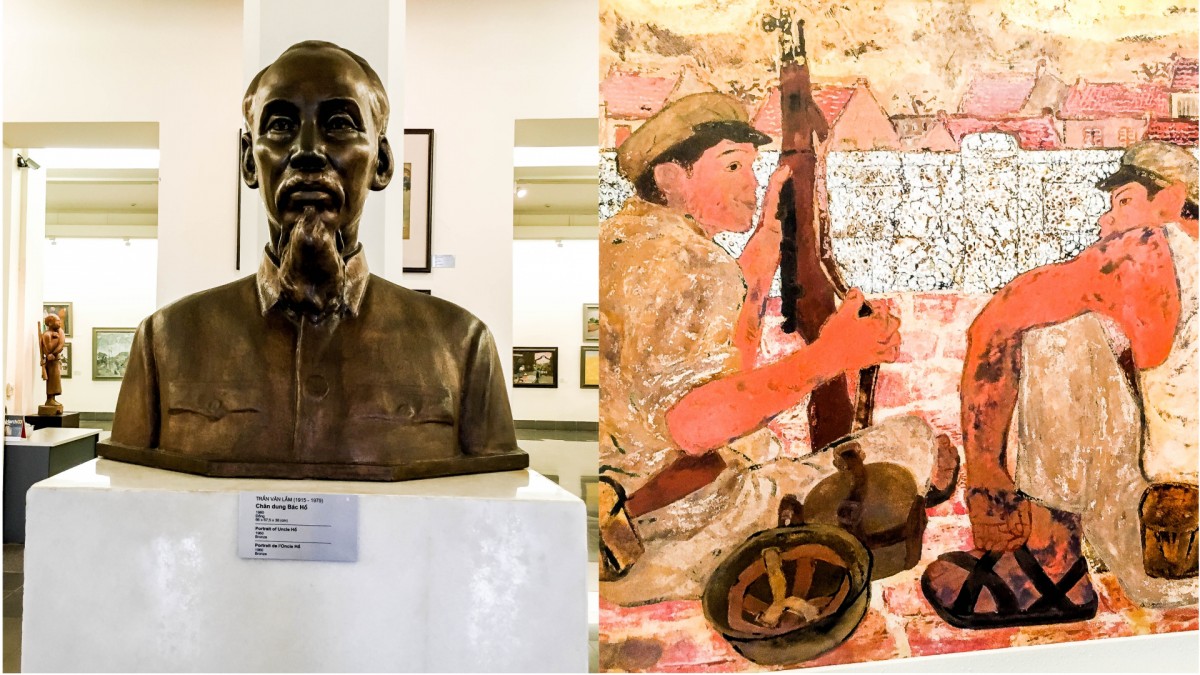
The role of history in forming an ideal and consistent national identity is certainly indispensable. In rare instances, certain histories needed to be altered for a nation’s survival.
Revisionism (the good, academic kind) is necessary in mainstream history, to accommodate new facts, analysis, sensibilities and promote inclusion. History and collective memory are heavily colored by the institutions and people who are shaping it, which is why revisionism is a critical component of history.
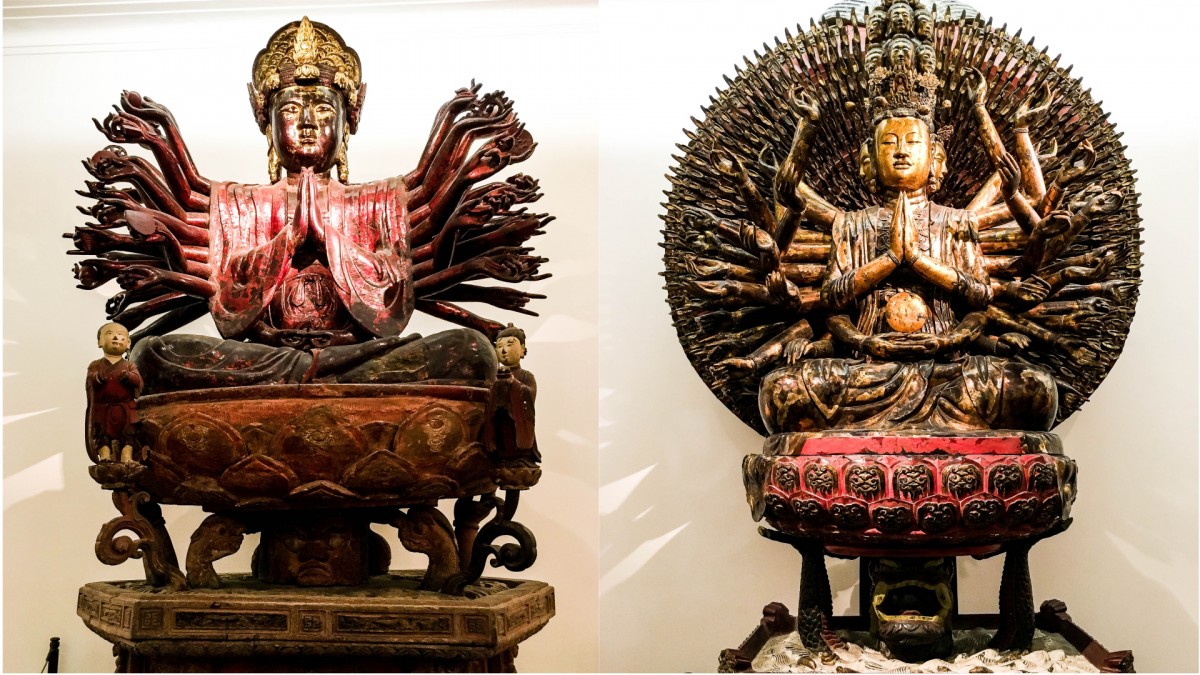
Overall, the Vietnam National Museum of Fine Arts is a good place to ponder about all this, while killing time. That said, the landmark is definitely not boring at all.
Tourists can pay for a guided tour on site.
The author’s opinions are her own and do not reflect that of the museum. If you disagree with the author’s reflections and would like to let us know, feel free to email us at blueforestonwetboots@gmail.com.
Photographs by Sandy Miguel
